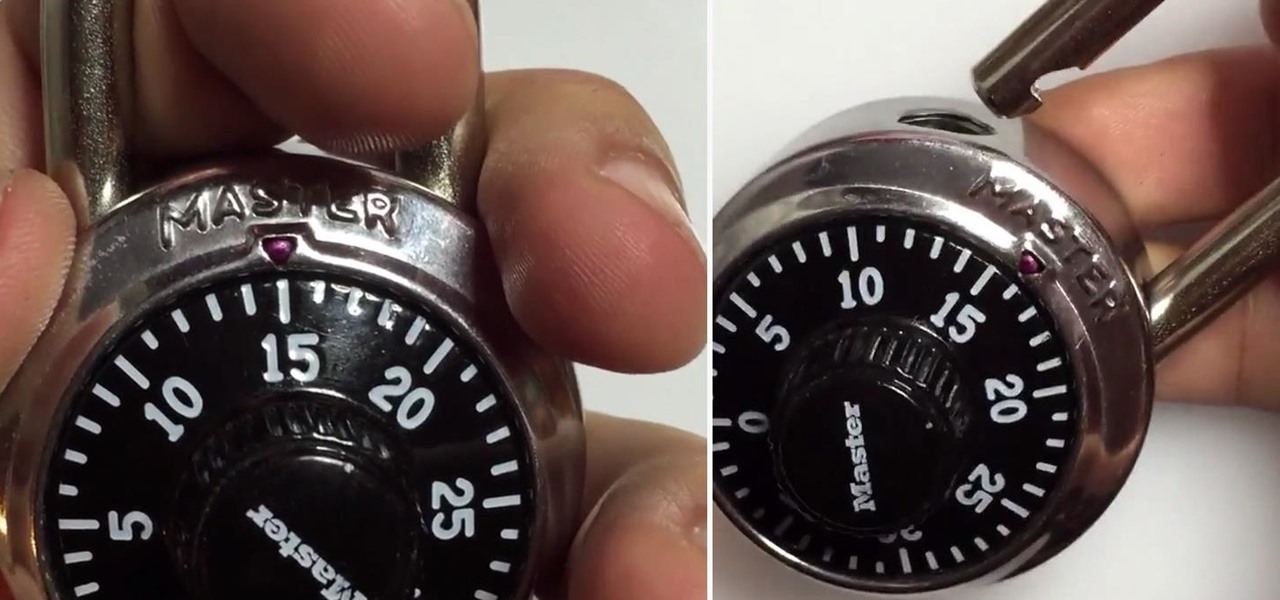

Some of the locks are considerably more robust than others. However, that ultimately proved fruitless… not only because of the fact that it is notoriously hard to delete information from the internet once it has leaked, but also because of a mistake made by Travel Sentry themselves.ĭue to Travel Sentry inadvertently leaking internal training documentation on their own web site, the various researchers collaborating on this project could view certain very high-resolution images of the TSA master keys without any authentication or credentials directly from Īt present, a number of facts have been discovered due to the massive joint effort that this project has become:ġ. Many of the news outlets who had accidentally contributed to the publicizing of the TSA’s master key set either pulled or redacted the imagery in their online news articles in an attempt to put the toothpaste back into the tube on this security blunder. Some (such as Crenshaw) focused primarily on filing and grinding metal keys while others (Xylitol and Johnny Christmas, in particular) tried to refine 3D printable versions of the master keys. Noted researcher and lockpicker Shahab Sheikhzadeh has chronicled much of this endeavor here on his web site.īoth public individuals and anonymous internet users such as Adrian Crenshaw, Johnny Christmas, Xlitol, and more began refining and then testing possible variants of the TSA master keys that could be produced in the researchers’ personal workshops and labs. Now, with much research happening in parallel and the results being shared among the tech and security community, progress on decoding them proceeded much more rapidly. Security researchers around the world then began analyzing these locks collaboratively and publicly, which was a big change from before. Due to some rather hilariously bad security practices during reporting pieces, high quality photographs of the TSA’s master key set leaked online. You may have read in the tech press (or even the mainstream press) how these locks and their master keys have become popular targets for research, now even beyond private and closed circles of locksmiths and law enforcement.

This made sense, of course… after all, if you’re going to be creating a set of “master keys” that are used by airport screeners opening modern locks, why not also have those keys functional in as many older locks as possible, as well? This is the reason for many of the TSA locks (and their keys) appearing so “rudimentary” even though these standards were ostensibly established in 2003… some were based on locks dating back into the 90s or even the 80s.
#Lock lab master lock professional#
The Travel Sentry group (whose founder, John Vermilye, worked with airline baggage ops for most of his professional life… as everything from a baggage handler to baggage security overseer to an administrator responsible for standards relating to airline baggage) created many of the original Travel Sentry master key designs by basing them off of existing popular luggage locks. However, many of these designs did not come out of whole cloth.

#Lock lab master lock license#
These locks, and their attendant master keys, are produced by a variety of manufacturers who license the designs and specs from Travel Sentry. For a number of years, lockpickers and locksmiths have taken an interest in the Transportation Security Adminstration’s system of master keys used by TSO screeners in airports to open luggage locks that conform to “ Travel Sentry” standards.


 0 kommentar(er)
0 kommentar(er)
